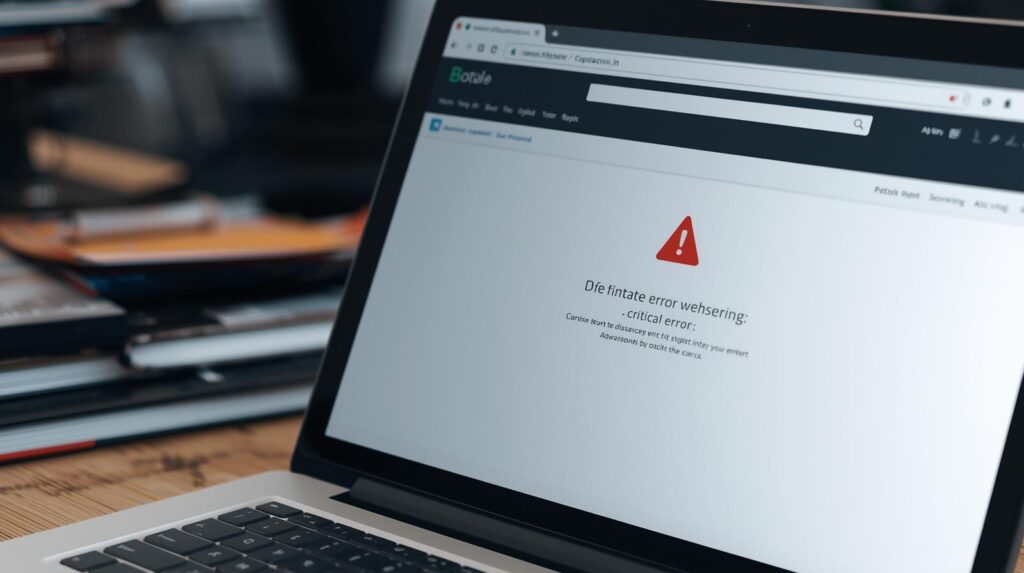Understand the Top Reasons Why Your Website Isn’t Performing as Expected – and How to Fix Them
A website is the digital face of your business. If it isn’t performing well, you may lose valuable traffic, leads, and conversions. Here are the top reasons for poor website performance along with practical solutions:
Slow Loading Speed
- Problem: Users leave if your site takes more than 3 seconds to load.
- Solutions:
- Optimize images (use compressed formats like WebP).
- Enable browser caching and use a Content Delivery Network (CDN).
- Minimize JavaScript and CSS files.
- Choose a reliable and high-speed hosting provider.
Poor Mobile Responsiveness
- Problem: Over 60% of traffic comes from mobile, and a non-responsive site drives visitors away.
- Solutions:
- Use responsive design frameworks like Bootstrap or Tailwind CSS.
- Test your website on multiple devices and screen sizes.
- Implement mobile-first design to prioritize mobile usability.
Weak Search Engine Optimization (SEO)
- Problem: Without SEO, your website won’t rank and attract organic traffic.
- Solutions:
- Optimize meta titles, descriptions, and headers with target keywords.
- Create high-quality, keyword-rich content.
- Build backlinks from reputable websites.
- Use SEO tools like Google Search Console, SEMrush, or Ahrefs.
Poor User Experience (UX)
- Problem: Confusing navigation, cluttered layouts, or too many pop-ups discourage visitors.
- Solutions:
- Simplify menus and make navigation intuitive.
- Use a clean, consistent design with clear call-to-actions (CTAs).
- Ensure fast page transitions and minimal distractions.
- Regularly collect user feedback to improve UX.
Low-Quality Content
- Problem: Thin, outdated, or irrelevant content makes users bounce.
- Solutions:
- Publish fresh, valuable, and engaging content consistently.
- Use blog posts, case studies, and infographics to provide value.
- Incorporate keywords naturally without keyword stuffing.
- Update older content with new data and insights.
Security Issues
- Problem: Sites without HTTPS or with frequent security warnings lose trust.
- Solutions:
- Install an SSL certificate (HTTPS).
- Regularly update plugins, themes, and software.
- Use firewalls, security plugins, and malware scanners.
- Back up your website frequently.
Lack of Clear Conversion Strategy
- Problem: Visitors don’t know what action to take.
- Solutions:
- Place strong, visible CTAs (e.g., “Buy Now,” “Get a Quote”).
- Use lead magnets like free eBooks or trial offers.
- Set up clear sales funnels.
- Track conversions with tools like Google Analytics.
Final Tip: Regular website audits (every 3–6 months) help identify and fix these issues before they hurt your business performance.
for further quarries click here.

